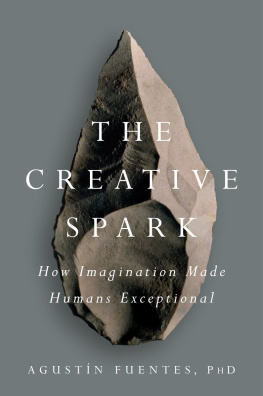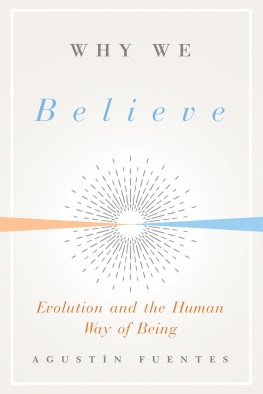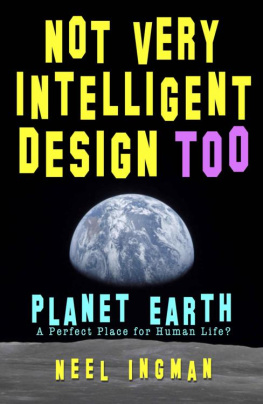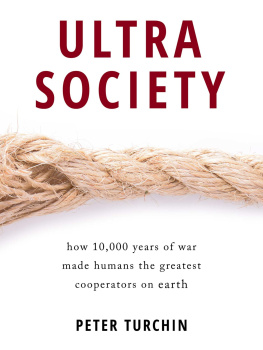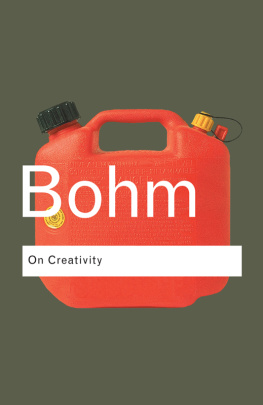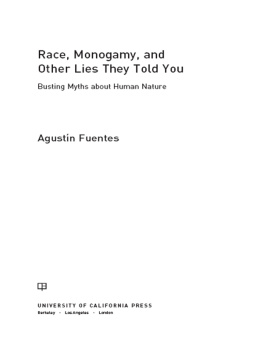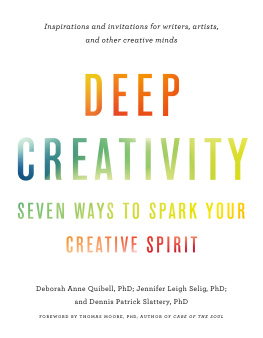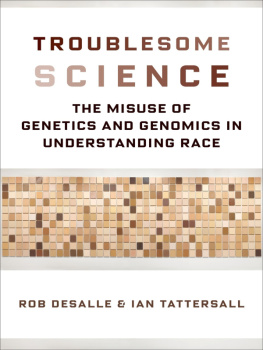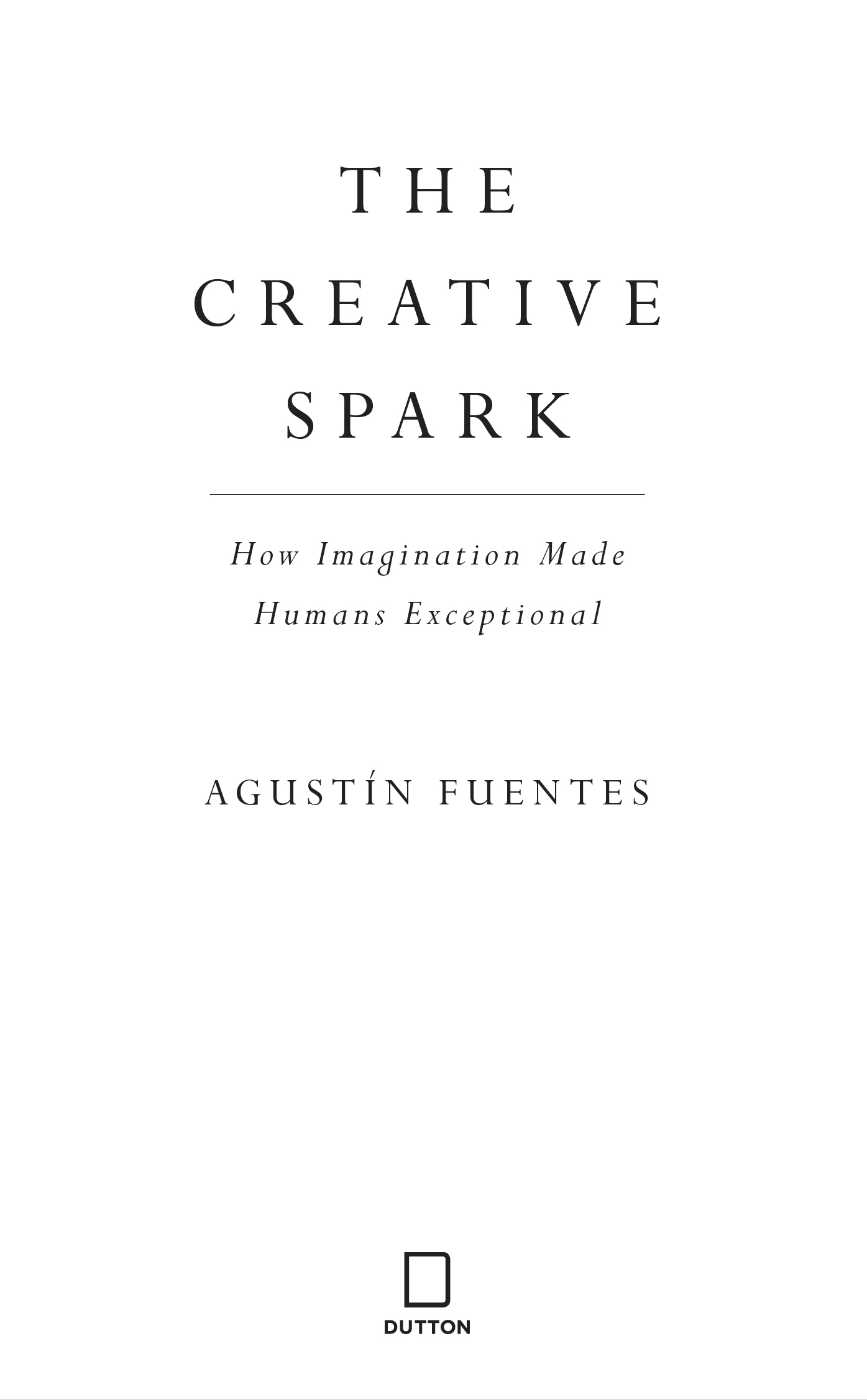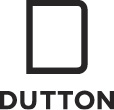
An imprint of Penguin Random House LLC
375 Hudson Street
New York, New York 10014

Copyright 2017 by Agustn Fuentes
Penguin supports copyright. Copyright fuels creativity, encourages diverse voices, promotes free speech, and creates a vibrant culture. Thank you for buying an authorized edition of this book and for complying with copyright laws by not reproducing, scanning, or distributing any part of it in any form without permission. You are supporting writers and allowing Penguin to continue to publish books for every reader.
DUTTON is a registered trademark and the D colophon is a trademark of Penguin Random House LLC.
Art Credits: , Ochre Engravings: Christopher S. Henshilwood. All other illustrations by Daniel Lagin.
LIBRARY OF CONGRESS CATALOGING-IN- PUBLICATION DATA
Names: Fuentes, Agustn, author.
Title: The creative spark : how imagination made humans exceptional /
Agustn Fuentes.
Description: New York, New York : Dutton, Penguin Random House, an imprint of
Penguin Random House, LLC, [2017] | Includes bibliographical references
and index.
Identifiers: LCCN 2016030260 (print) | LCCN 2016049511 (ebook) | ISBN
9781101983942 (hc) | ISBN 9781101983966 (trade pbk.) | ISBN 9781101983959 (ebook)
Subjects: LCSH: Philosophical anthropology. | Imagination. | Creative
ability. | Human behavior.
Classification: LCC BD450 .F79456 2017 (print) | LCC BD450 (ebook) | DDC 153.3dc23
LC record available at https://lccn.loc.gov/2016030260
While the author has made every effort to provide accurate telephone numbers, Internet addresses, and other contact information at the time of publication, neither the publisher nor the author assumes any responsibility for errors or for changes that occur after publication. Further, the publisher does not have any control over and does not assume any responsibility for author or third-party websites or their content.
Version_1
To everyone past, present, and future who dares to imagine, create, and learn
CONTENTS
OVERTURE
TRUMPETING CREATIVITY AND A NEW SYNTHESIS
W hen we consider creativity, we might think of Shakespeare or Mozart, Albert Einstein or Marie Curie, Charles Dickens or Mary Shelley, Andy Warhol or Annie Leibovitz, Jamie Oliver or Julia Child, Beyonc or Prince. We often see the capacity for creativity residing in a single person or a select group of people. But creativity is not limited to the United States and Europe or to rich people or to people born in the last 500 years. It is not, after all, a solitary endeavor limited to the work of a genius or some particularly original thinker. Creativity is built on interconnections of ideas, experiences, and imagination. Whether in the physics lab, the artists studio, the mechanics garage, or even in figuring out how to make a small paycheck last until the end of the month, creativity is everywhere in the human experience. We are creative every day. But we do not accomplish this miraculous feat on our own.
Writer Maria Popova tells us that creativity is our ability to tap into our mental pool of resourcesknowledge, insight, information, inspiration, and all the fragments populating our minds... and to combine them in extraordinary new ways. Archeologist Ian Hodder agrees, telling us that creativity is the space between the material reality and our imagination where intelligence, adaptability, agency, interpretation, and problem solving all come together, but he also emphasizes that it is a thoroughly social process. Anthropologist Ashley Montagu highlights the fundamental human ability to project our ideas onto the world and transform them into materially resounding reality. This book illustrates the clear connection between these views of creativity and the extraordinary story of human evolution.
Countless individuals ability to think creatively is what led us to succeed as a species. At the same time, the initial condition of any creative act is collaboration.
Every poet has her muse, every engineer an architect, every knight a squire, every politician a constituency, but its rarely just two or three or four people in the collaboration. More often its hundreds or even thousands who collaborate over time and space to produce the most profound creative moments. Dancer-choreographer Twyla Tharp writes, sometimes we collaborate to jump-start creativity; other times the focus [of collaboration] is simply on getting things done. In each case, people in a good collaboration accomplish more than the groups most talented members could achieve on their own.
By delving into our past and drawing on the best and most current scientific knowledge, we shall see that creativity is at the very root of how we evolved and why we are the way we are. Its our ability to move back and forth between the realms of what is and what could be that has enabled us to reach beyond being a successful species to become an exceptional one.
The nature of humans creative collaboration is multilayered and varies widely. But our distinctively human capacity for shared intentionality coupled with our imagination is how we became who we are today.
This cocktail of creativity and collaboration distinguishes our speciesno other species has ever been able to do it so welland has propelled the development of our bodies, minds, and cultures, both for good and for bad. We are neither the nastiest species nor the nicest species. We are neither entirely untethered from our biological nature nor slavishly yoked to it. Its not the drive to reproduce, nor competition for mates, resources, or power, nor our propensity for caring for one another that has separated us from all other creatures. We are, first and foremost, the species singularly distinguished and shaped by creativity. This is the new story of human evolution, of our past and current nature.
The Four Big Misconceptions of Human Evolution
But arent we modern humans supposed to be the progeny of demonic males? Werent we stamped with a deep evolutionary history in which natural selection favored more aggressive males, leading to a biological proclivity toward violence and sexual coercion? In other words, arent we the species that is supremely good at being badnaturally selfish, aggressive, and competitive?
No! says this professor.
We are the species that is naturally caring, altruistic, and cooperative, distinguished early in our evolution from other primates by privileging the sharing of our food and other resources, self-sacrifice, and service to the good of the group over self-interestare we not? We are, in short, a species of supercooperators, supremely good at being good.
Nope, thats not it either.
Well, isnt our nature shaped primarily by the happenstances of the environments we lived in and the challenges and opportunities they presented? And arent we therefore a species still better adapted to traditional lives as hunter-gatherers than to modern, mechanized, urbanized, and tech-connected life? Hasnt this modern disconnect with our evolutionary roots led to mental health issues and widespread dissatisfaction with our lives?

